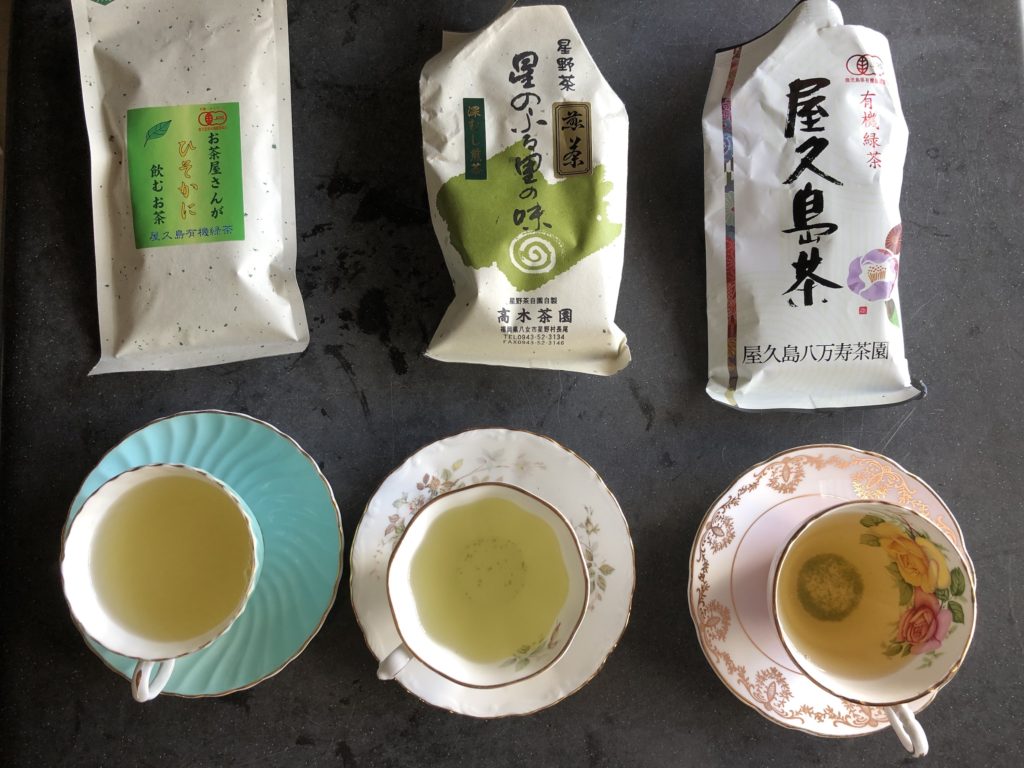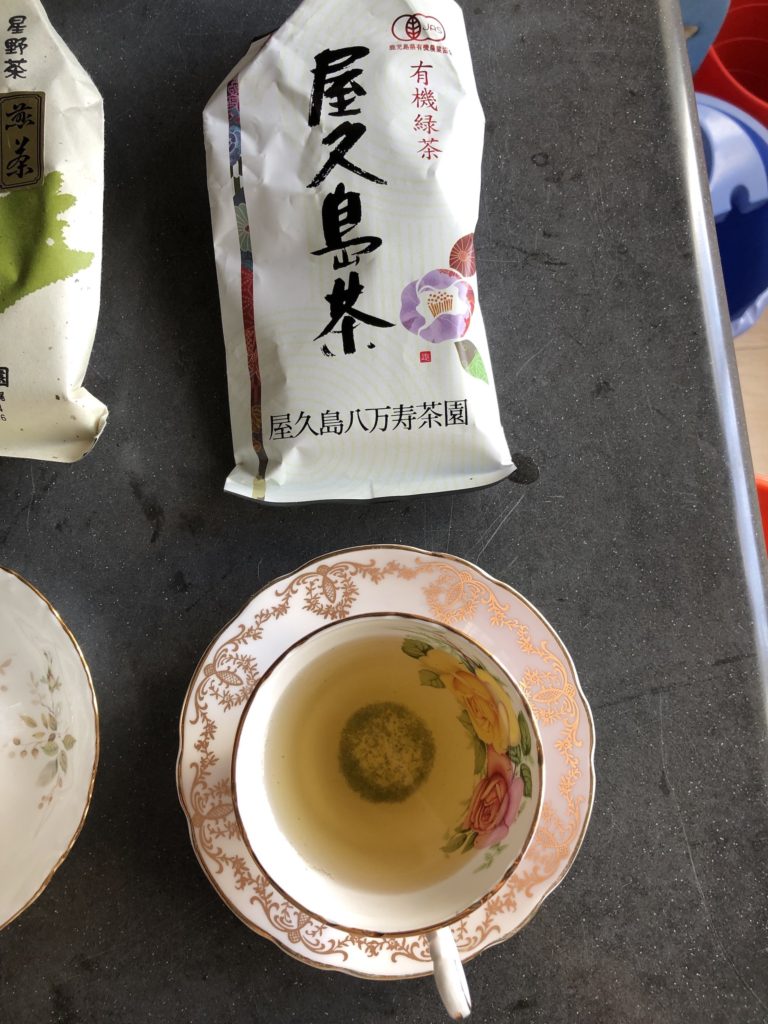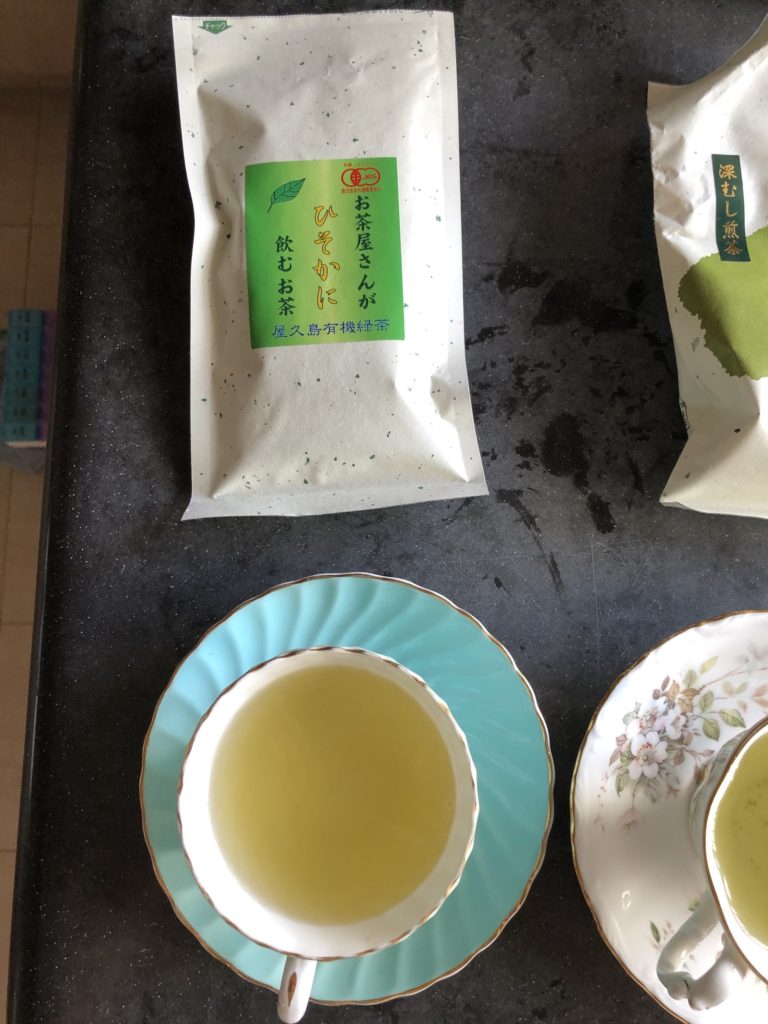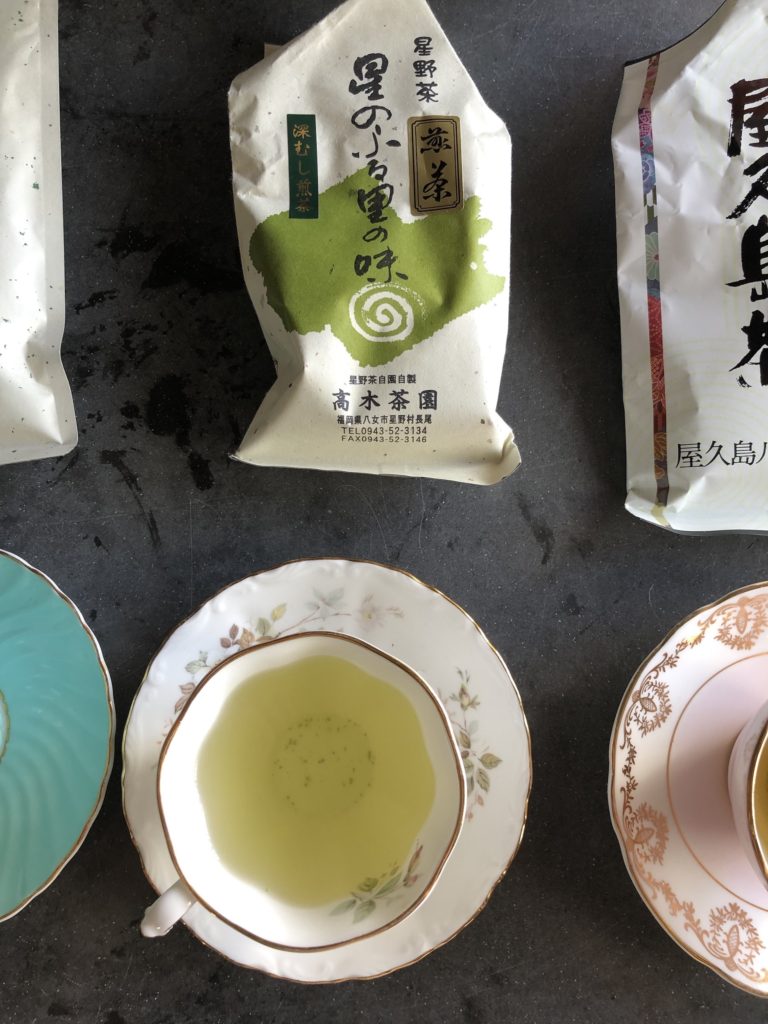All the way back in October, I wrote about trying 3 different Japanese green tea cultivars and finding the differences (or lack thereof). In that post, I mentioned wanting to try devoting a week of tea drinking to each tea, something that I managed to do! As it turns out, I forgot that I wanted to do a deep dive for each tea, but I have finally done a second comparison.
What changed in this round

The teas have aged a few months, which might affect flavour. I have tried to mitigate things by keeping the teas in a cool, dark, airtight place and I’m also hoping that the additional months affect all the teas in the same way.
I’ve also managed to get a third teapot and so managed to try all three teas at the same temperature this time. Steeping time for the teas were also the same. So that’s one improvement in this round of tasting.
Tasting Notes
Having all three teas side by side really brought out the colour comparisons (I tried to keep everything as equal as possible but it’s possible the teapots played a part in this too).

Yabukita: This was a greenish-brown tea, kind of what you’d get in bottled Japanese green tea. It also tasted the most like the bottled green tea/regular green tea bags, which isn’t surprising given that Yabukita is the most popular cultivar in Japan and makes up about 77% of all tea cultivated in the country. The tea has a pretty noticeable umami note that reminds me of seaweed.

Yutakamidori: The tea liquor was green and was pretty light. I got some vegetal notes but the strongest note was actually the bitter vegetable note in the aftertaste that I mentioned the first time I tried it.

Kanayamidori: Yellow-green in colour, this tea was, surprisingly, my favourite of the three! There was a slight roasted note and for some reason, I kept getting impressions of freshly baked cookies while drinking this. The cookies I bought that day were sitting in a bag about a meter away so I’m pretty sure it wasn’t that. I’ll have to be on the lookout for this the next time I drink this, to see if the cookie thing is a one-off (I consistently get the lightly roasted notes so I’m pretty sure that’s a feature).
Conclusion – Are the differences more obvious?
In a word – yes! I do think that the three weeks where I only drank green tea helped me to get used to the nuances in each tea, which made the differences between the three more obvious. I also realised that I could, if I need to, drink only Japanese tea. But I also love the variety that you can get from tea so I’m probably not going to narrow myself to one type of tea just yet.
What I hadn’t anticipated would be how difficult it would be to find the words to describe the differences. I probably finished half of each cup before I managed to get a word or two to vaguely describe what I was tasting. This is definitely an area that I need to work on.
Will there be a round three of this? To be honest, I’m at my last third of tea leaves for each packet. But if I do have the time and fridge space, I’d like to try a cold-brew version of this test.
Featured Image: Photo by Me
